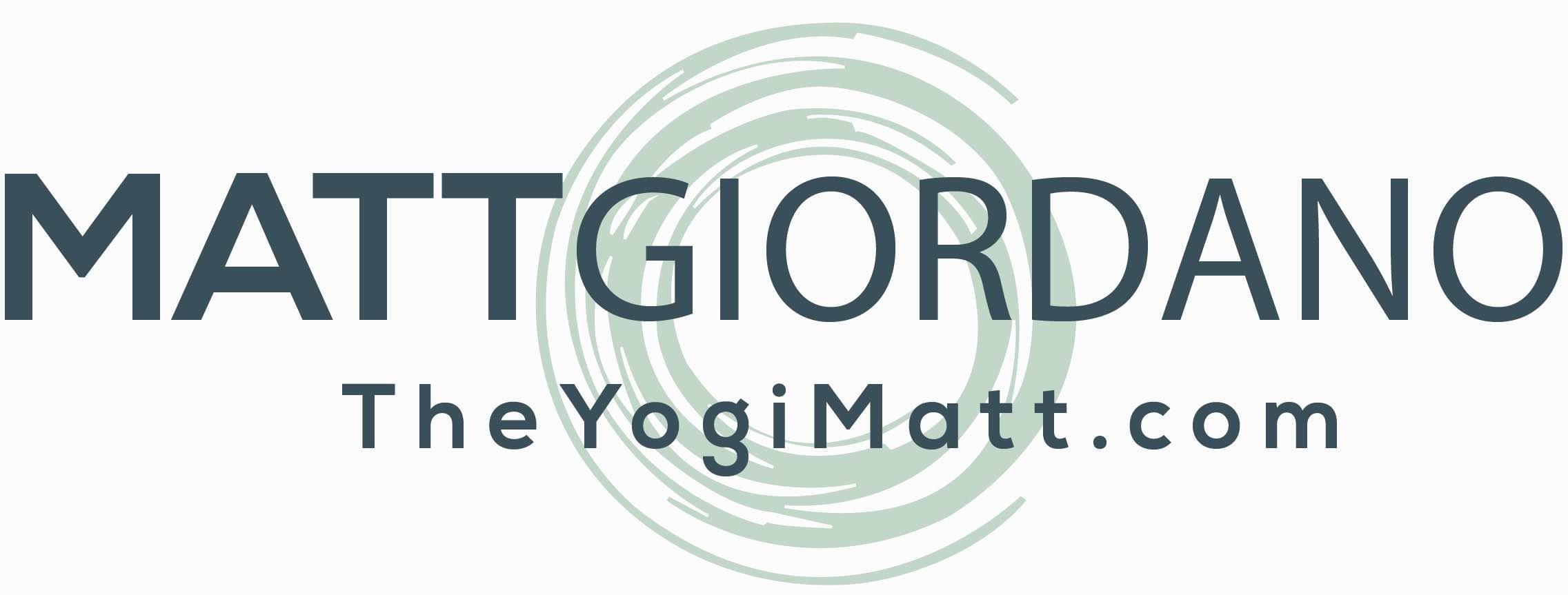WIDE-LEGGED FORWARD FOLD
INCREASE YOUR FLEXIBILITY WITH RECIPROCAL INHIBITION
PRASARITA
a safe approach to increasing flexibility
It’s not unusual to feel “stuck” in our yoga practice at times. We may come to a place in our physical practice where we are not experiencing our full potential. One of the common areas we may feel this way is with our flexibility.
In one of my previous articles, Healthy Hamstrings, I discuss how Matt demonstrates how to create more flexibility utilizing a facilitated stretch technique. There are, however, more ways than one to create more flexibility within our bodies. We can also achieve greater flexibility with reciprocal inhibition.
Reciprocal inhibition does the opposite of what a facilitated stretch asks us to do. It’s true that we are still activating muscles in order to achieve greater flexibility, but we are now activating the muscles that oppose the muscles that are stretching.
HIPS & HAMSTRINGS
ONLINE YOGA IMMERSION
- 12 classes to increase flexibility of the hips and hamstrings
- Maximize your strength through range of motion
- Access your pose potential
- Release tension of hips and back
- Sensation-based practices
- Unlock and strengthen major muscle groups
- Active, passive, and isometric stretching
- Improve mobility and stability
- So much more!
$148.00 $128.00
EFFECTIVE STRETCH TECHNIQUE
In today’s video, Matt demonstrates how to explore these actions in Prasarita Padottanasana: Wide-Legged Forward Fold.
In Prasarita Padottanasana (an open hip posture), our legs are in abduction while we are flexing at the hip. Placing our bodies in this position requires us to find flexibility in our adductors and hamstrings. There are also key areas both for potential strength in this posture and where we can explore activation at different times. These areas include adductors, abductors, quads (including the rectus femoris, which is also a hip flexor), and hamstrings.
Activating the adductors and hamstrings would support the facilitated stretch technique, while activating the abductors and quadriceps generates the reciprocal inhibition technique. In this segment of the video, Matt demonstrates how and why to activate the quadriceps.

![Archna Mohan chromatic yoga backbend techniques: 12 classes [backbend technique to relieve back pain "bowing the spine']](https://www.theyogimatt.com/wp-content/uploads/2021/10/Archna-Mohan-chromatic-5.jpg)